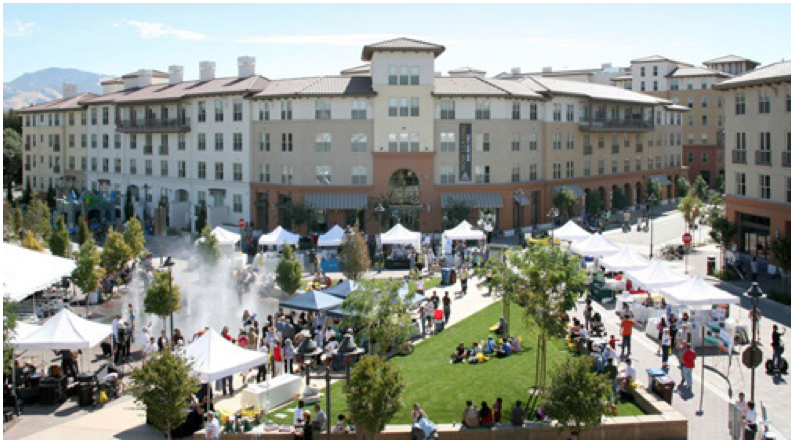CommentsPLATKIN ON PLANNING-As an officer in a neighborhood association, USC adjunct who taught courses of sustainable city planning, and a CityWatchLA columnist, I remain skeptical about market-driven transit oriented development (TOD).
This is because in Los Angeles it does not provide affordable housing nor boost transit ridership. While a small percentage of residents in expensive, transit-adjacent, market-rate apartment buildings may occasionally use METRO, their numbers are not enough to counteract LA ‘s persistent auto-centric built environment. After all, in LA most people still need a car to look for and show up at work, to shop for groceries, and to ferry kids to school. While this should change, to make it happen, we need to ignore ridiculous predictions about market magic. The claims that with enough City Hall bonuses and back room deals, the private sector can build Angelinos a cornucopia of low priced housing, mass transit ridership, and climate change mitigation are silly.
In reality, this “just let us build” program aggravates the housing, transit, and climate crises by fueling gentrification. Instead, we must turn to long-term, non-market solutions.
Our most important task is to transform LA’s pervasive auto-centric built environment, to make all non-automobile transportation modes simple to use, cheap, comfortable, safe, and accessible. This requires us to redefine “development” as extensive upgrades to public infrastructure and services. This is an expensive venture, but it also a necessary one if we want to get most people out of their cars.
To do this, we need reframe TOD as Transit Oriented Districts, not Transit Oriented Development or, more precisely,transit adjacent real estate projects. Components of these Transit Oriented Districts, what METRO calls Transit Oriented Communities, consist of the following:
- Grade-separated bicycle lanes and extensive bicycle parking at rail stations.
- Pedestrian improvements, including street trees and landscaping, ADA curb cuts, and sidewalk lighting.
- Wayfaring signs.
- Kiss 'n ride and park 'n ride.
- On-site station amenities, including retail stores, food kiosks, and bathrooms.
- Station site interfaces for bicycles, pedestrians, cars, buses, and taxis.
- Low cost or no cost fares. In the UK, for example, everyone over 60 rides subways and busses for free.
As for housing, we need to preserve existing affordable units and also build new ones, especially for the transit dependent (students, seniors, disabled, low income), constructed near mass transit. This cannot be achieved by up-zoning, since the necessary zoning is already in-place. LA’s long transit corridors are currently zoned for commercial development, which allows apartment buildings as a by-right use.
Through voluntary density bonus incentives, these transit corridors could also be built up to five stories, with optional first floor commercial uses. What is lacking, however, is essential on-sight City enforcement to assure that promised affordable housing units remain affordable and are only rented to qualified low-income tenants.
These optional low-income housing programs are, however, not enough. What LA and other large cities need is a restoration of HUD and CRA affordable housing programs.
In combination with public improvements, these apartments will become an essential component of Transit Oriented Districts/Communities.At that point, transit ridership will increase, and the housing crisis will recede through major public programs to transform LA’s built environment.
(Dick Platkin is a former LA city planner who reports on local planning controversies for CityWatchLA. Please send any comments, corrections, or questions to [email protected]. Selected previous columns available at www.plan-itlosangeles.blogspot.com.) Prepped for CityWatch by Linda Abrams.
















